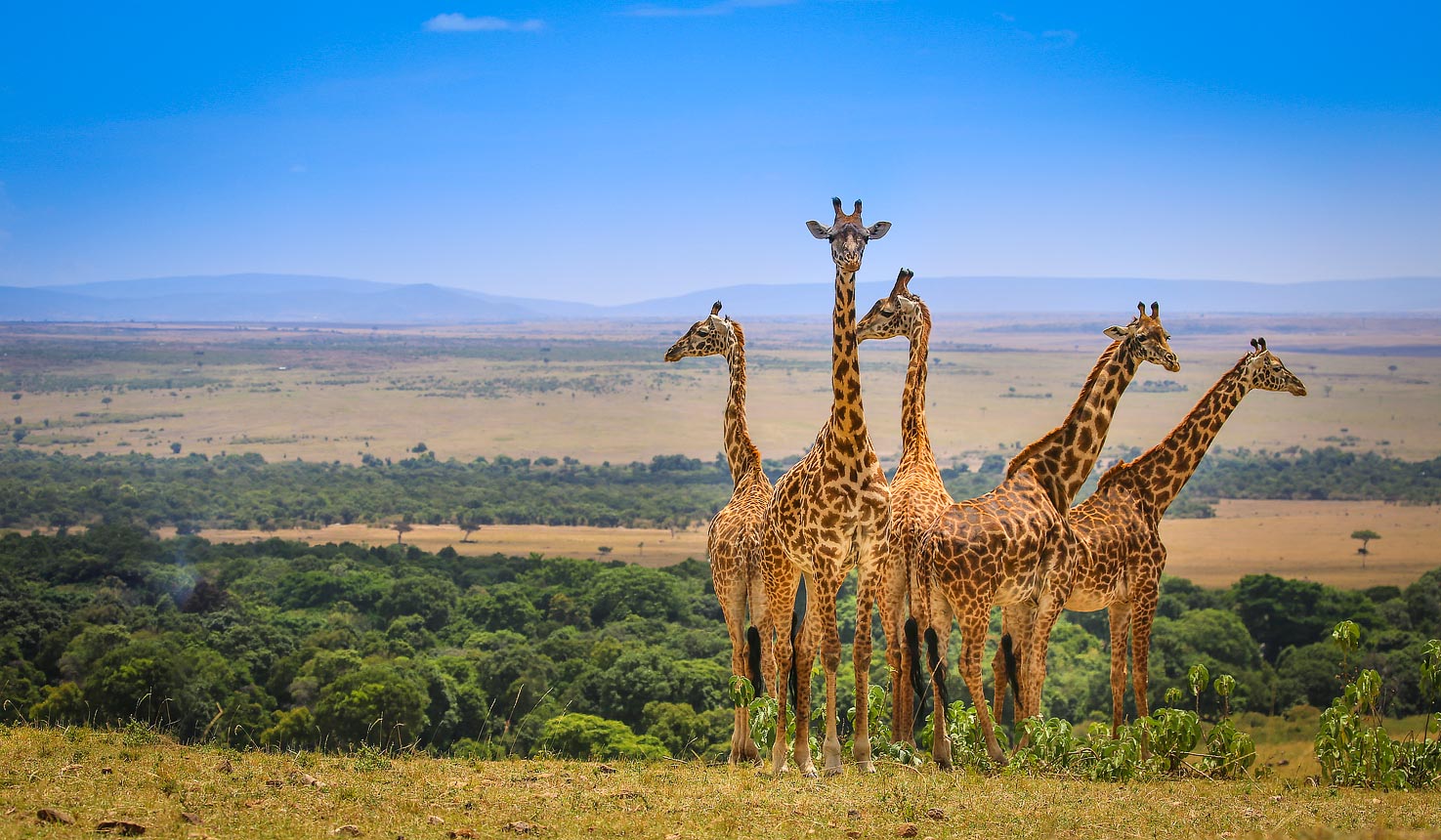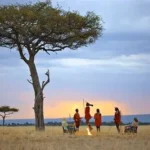Safaris Support Wildlife Preservation Kenya: The Circle of Life
Kenya’s iconic wildlife and vast savannahs attract travelers from around the world. Yet beyond the thrill of spotting lions, elephants, and giraffes, safaris support wildlife preservation Kenya by funding initiatives that protect these animals and their habitats. Responsible tourism ensures that Kenya’s natural treasures are preserved for generations to come.
Tourism Funding Conservation
Every safari booked in Kenya contributes directly to conservation projects. Parks and conservancies rely on entrance fees, guided tours, and eco-lodge stays to fund anti-poaching patrols, habitat restoration, and wildlife monitoring programs. Safaris support wildlife preservation Kenya by generating the revenue necessary for these critical efforts.
For example, the Maasai Mara National Reserve uses a portion of tourism revenue to protect rhinos and elephants, while local communities benefit from sustainable income opportunities. Travelers become active participants in safeguarding Kenya’s ecosystems.
Eco-Lodges and Sustainable Safaris
Many safari operators now prioritize Eco-friendly practices, blending comfort with sustainability. Solar-powered lodges, water-saving measures, and locally sourced meals minimize environmental impact. Guided tours follow strict wildlife etiquette to avoid disturbing natural behaviors.
In addition, eco-safaris educate guests about conservation challenges, such as human-wildlife conflict or habitat loss. Visitors leave not only with memories but also with a deeper understanding of Kenya’s biodiversity.
Empowering Local Communities
Safaris also support wildlife preservation by empowering local communities. Many conservancies employ Maasai, Samburu, and Turkana communities as rangers, guides, and lodge staff. Community-led tourism projects help locals benefit economically while protecting wildlife on their land.
Therefore, sustainable safari tourism creates a circle: wildlife thrives, communities prosper, and travelers gain meaningful experiences.
The Circle of Life in Action
The connection between safaris and wildlife preservation illustrates the circle of life. Conservation efforts funded by tourism protect species, maintain ecosystems, and ensure that future generations can witness Kenya’s wildlife wonders. Every game drive, lodge stay, and guided walk contributes to this ongoing cycle.
Ultimately, safaris support wildlife preservation Kenya in more ways than one they provide adventure while helping maintain the delicate balance of life across the Savannah.


